An oasis of calm springs from Maggie’s Centre Oldham, designed by dRMM
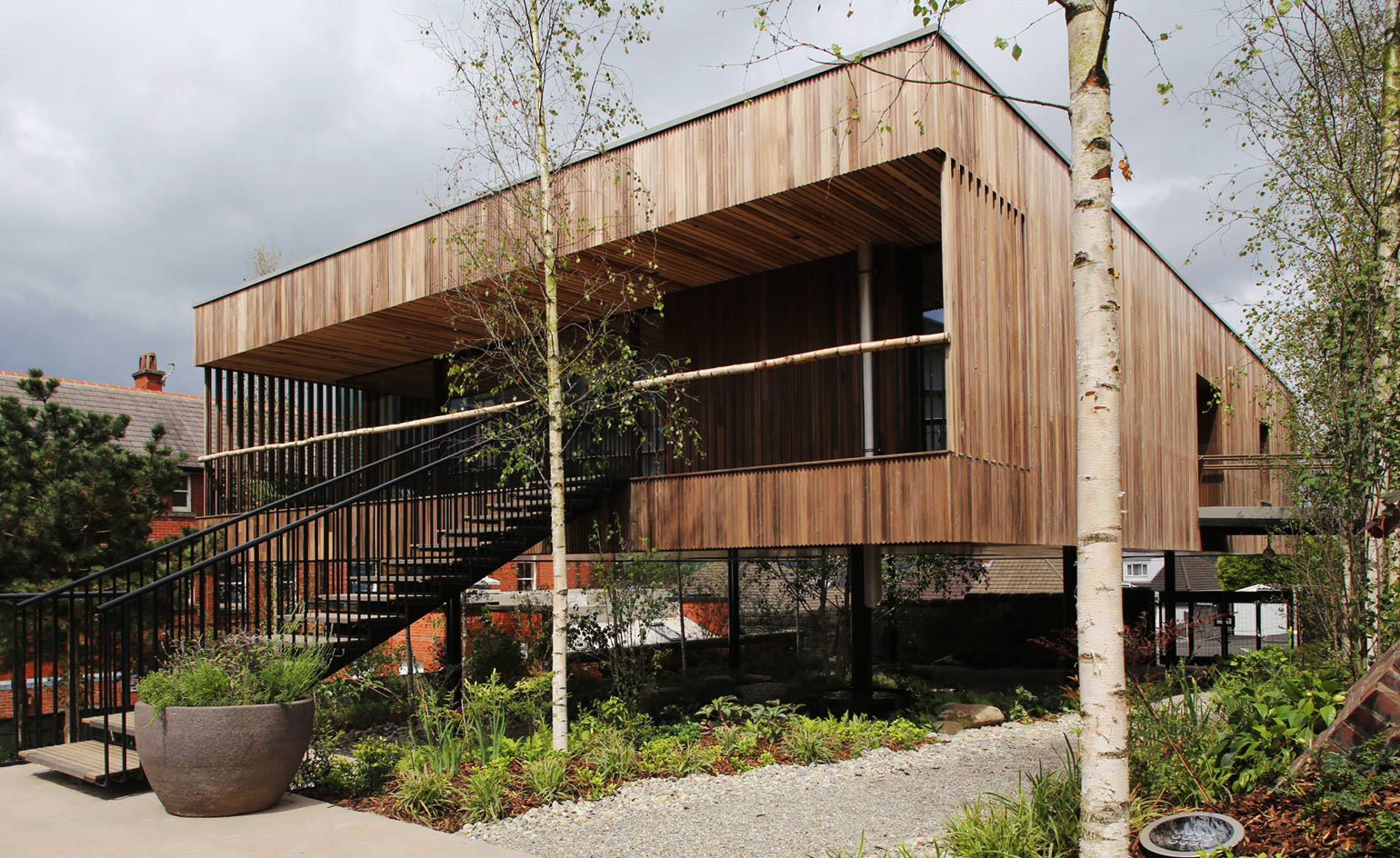
Alex de Rijke, founding director of dRMM, describes the latest Maggie’s Centre in Oldham as a straightforward box with a powerful void in the centre. Located near Manchester, the new cancer support centre has sunshine yellow flooring and corrugated-style timber cladding.
The single-storey building stands on legs over a gravelled garden area. One birch tree has been planted in the centre of the garden and is enveloped by the void’s asymmetrical glazing. ‘The idea was of a kind of treehouse in its wood,’ says de Rijke. ‘I knew that we didn’t need to do much more than bring the outside into the building.’
The firm sited the centre on a northerly corner site of The Royal Oldham Hospital – a space formerly occupied by a mortuary. From there, its north-facing glazed wall has inspiring views to the Pennines.
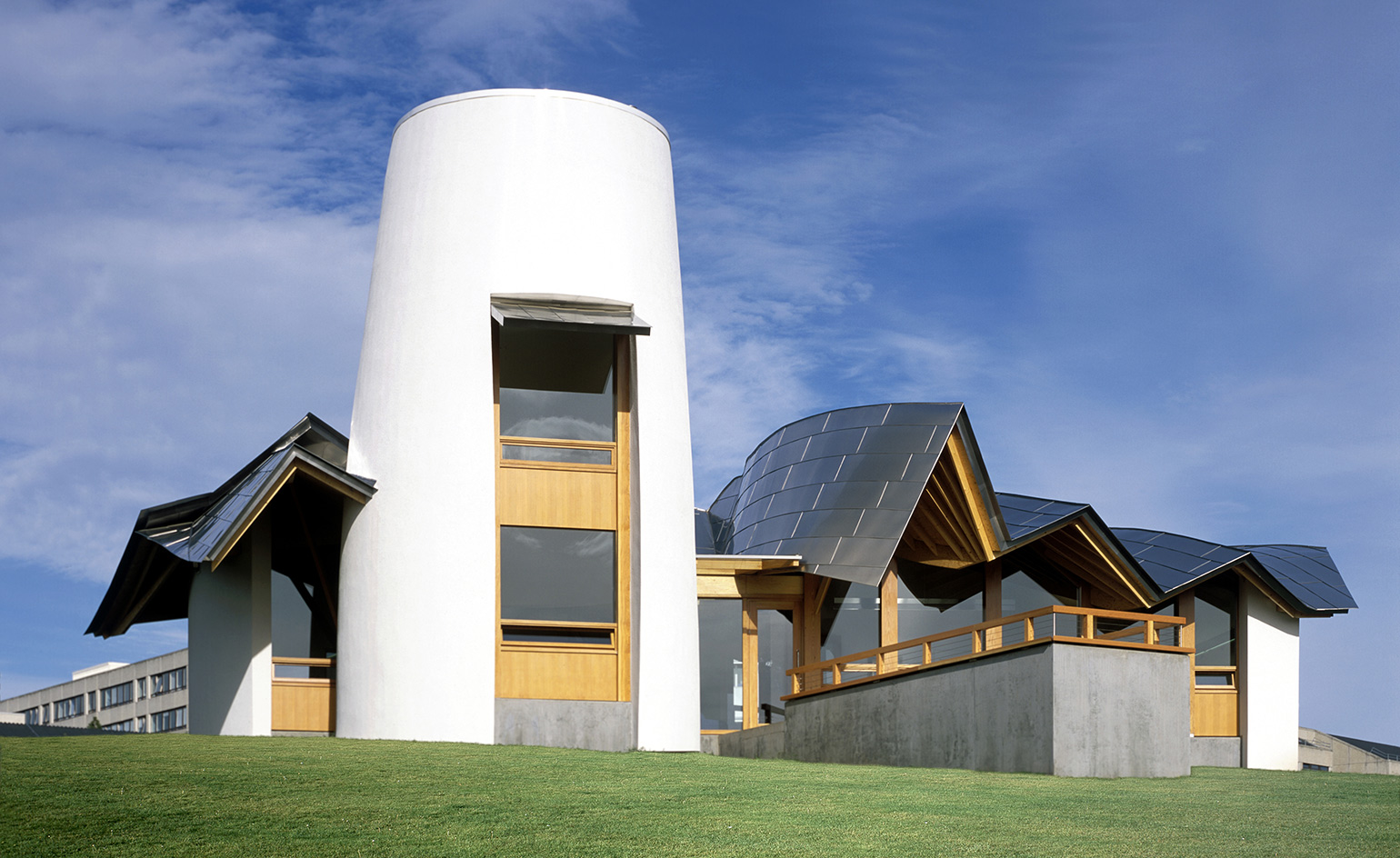
Explore the architecture of Maggie’s Centres in the UK, including this Frank Gehry-designed facility in Dundee.
On approaching the centre, the scent of tulipwood – a cross-laminated hardwood – wafts over a short footbridge. Timber is a key ingredient throughout, from the door handles and the slatted ceiling to the kitchen’s walnut-topped counter and large round table.
The wood is off-set by a poured resin floor, and the tall doors – all in an unexpectedly bright yellow. More warmth is expressed through grey felt, used to frame doorways and as a backing to the seating nooks. Meanwhile a full-height reversible curtain loop by Dutch designer Petra Blaisse can cordon off one part of the open plan space for privacy.
‘This is a reaction to hospital design and the reminder that it can be different from the depressing norms of the hospital environment,’ says de Rijke. Maggie’s Oldham is the latest in a string of centres by high-profile and interesting architects at hospitals across the UK and beyond.
London-based dRMM join Frank Gehry, the late Zaha Hadid, Rem Koolhaas, Snøhetta, Amanda Levete and Herzog & de Meuron, among others. The blockbuster line-up surely makes Maggie’s CEO (and former cancer nurse) Laura Lee one of the most significant commissioners of contemporary architecture.
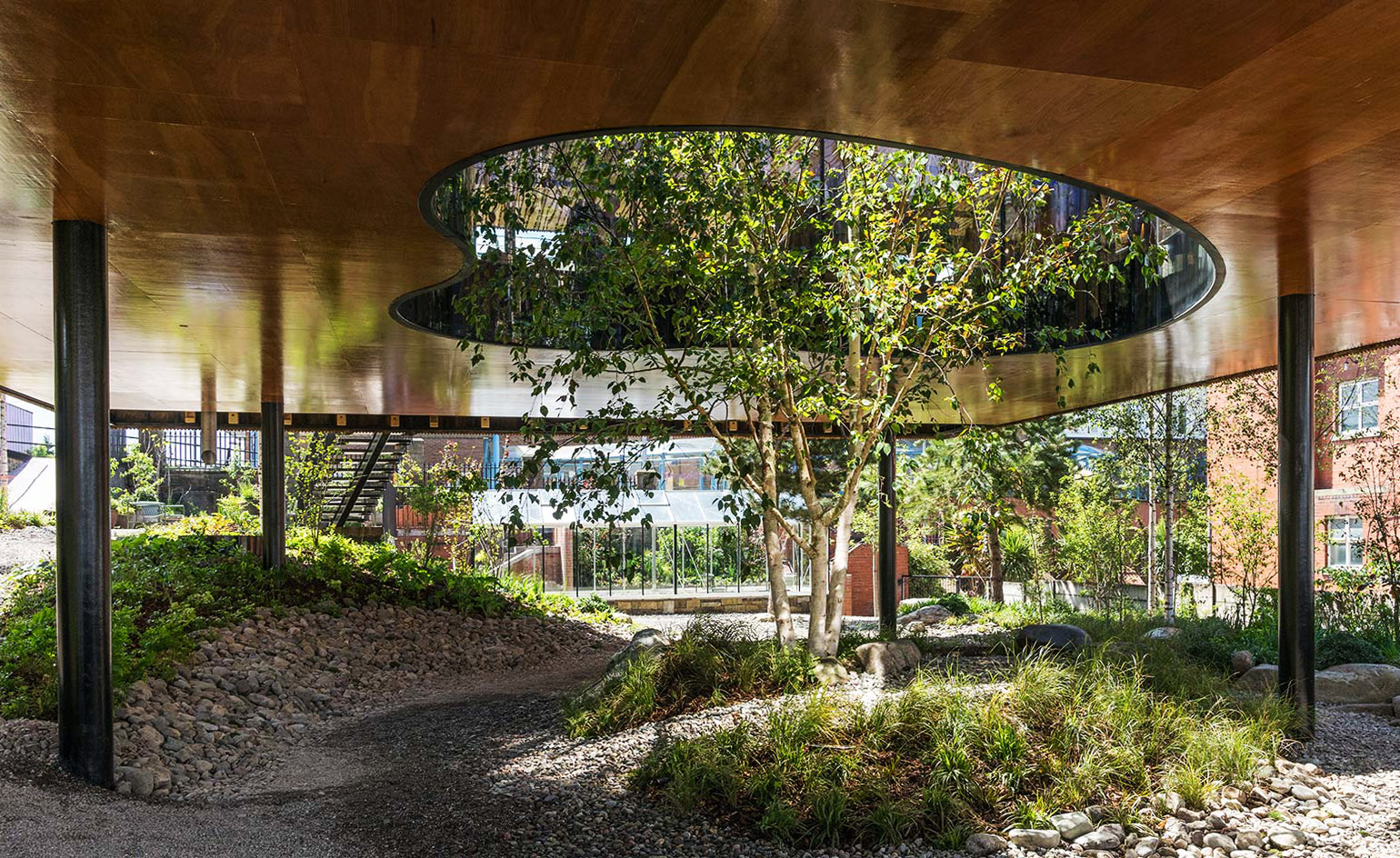
The single-storey building stands on legs over a gravelled garden area.
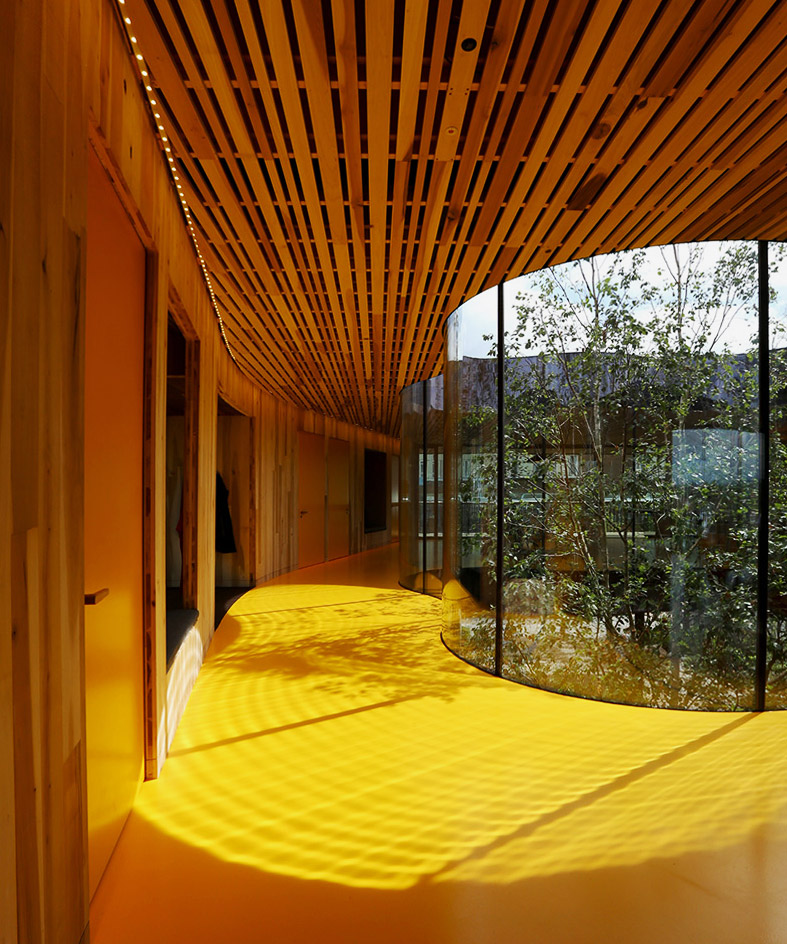
Tulipwood is used widely throughout the project, chosen because of its warmth and positive health benefits.
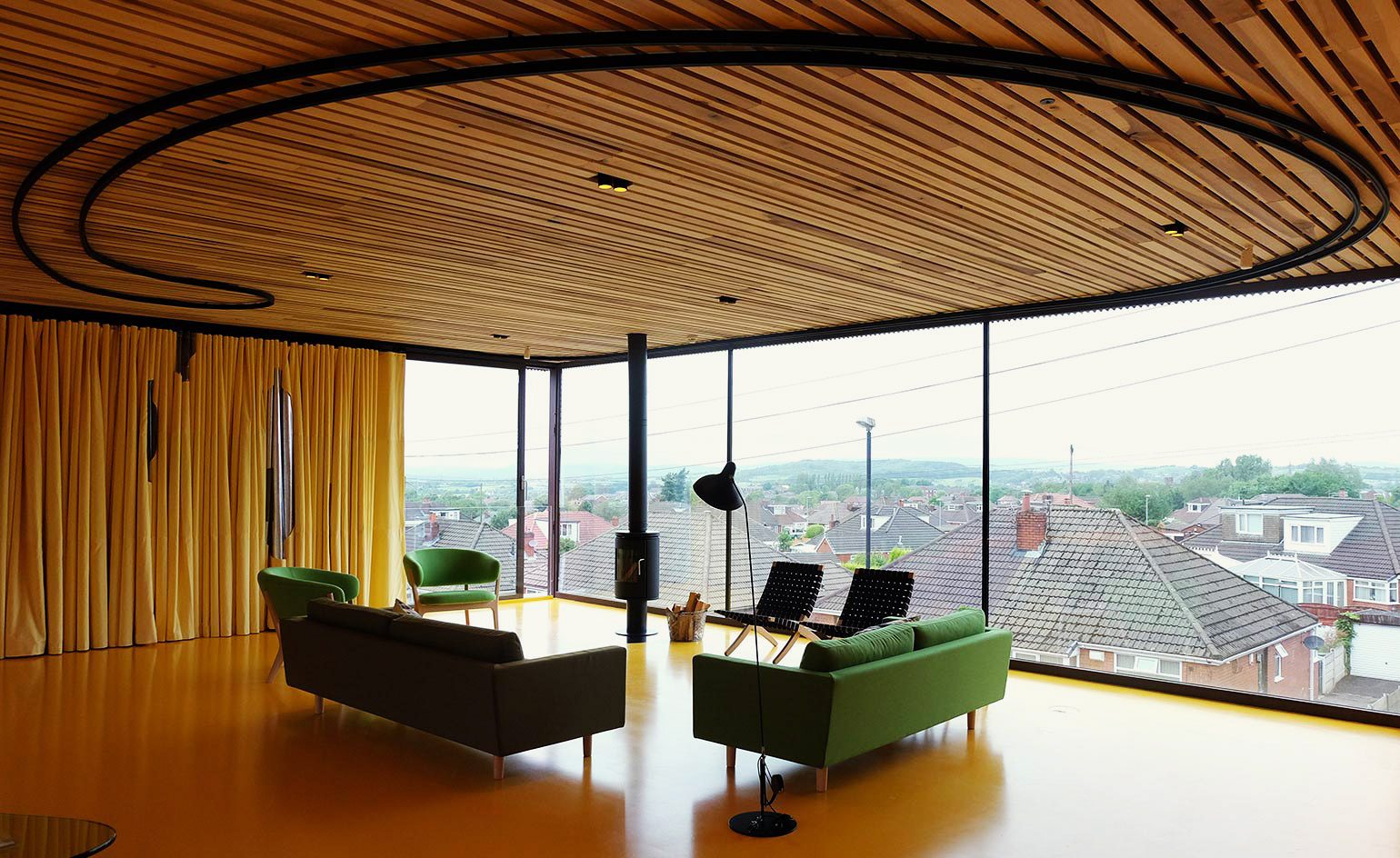
The elevated building is open plan with exposed timber and glazing.
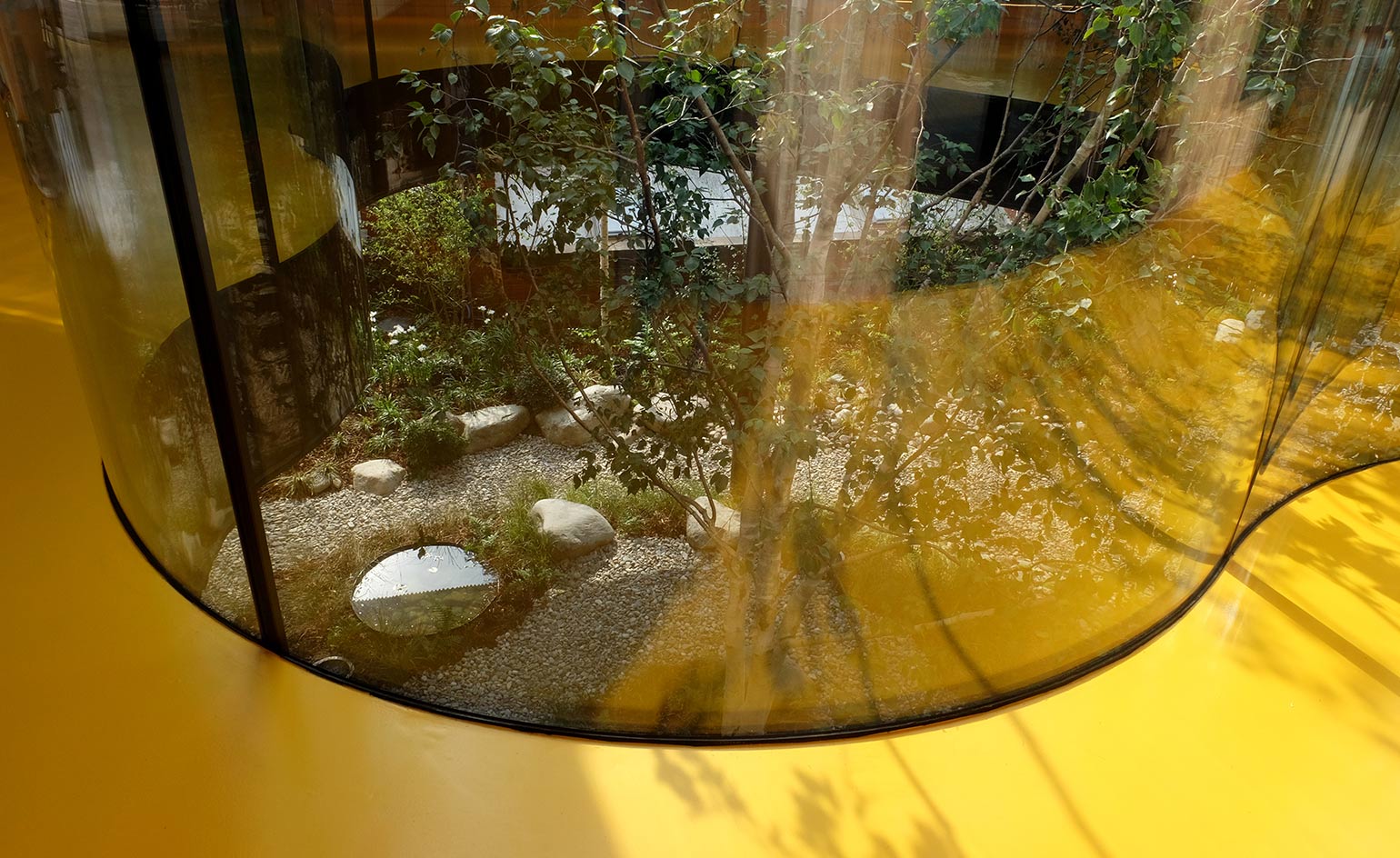
Curved glazing brings nature into the interior from below.
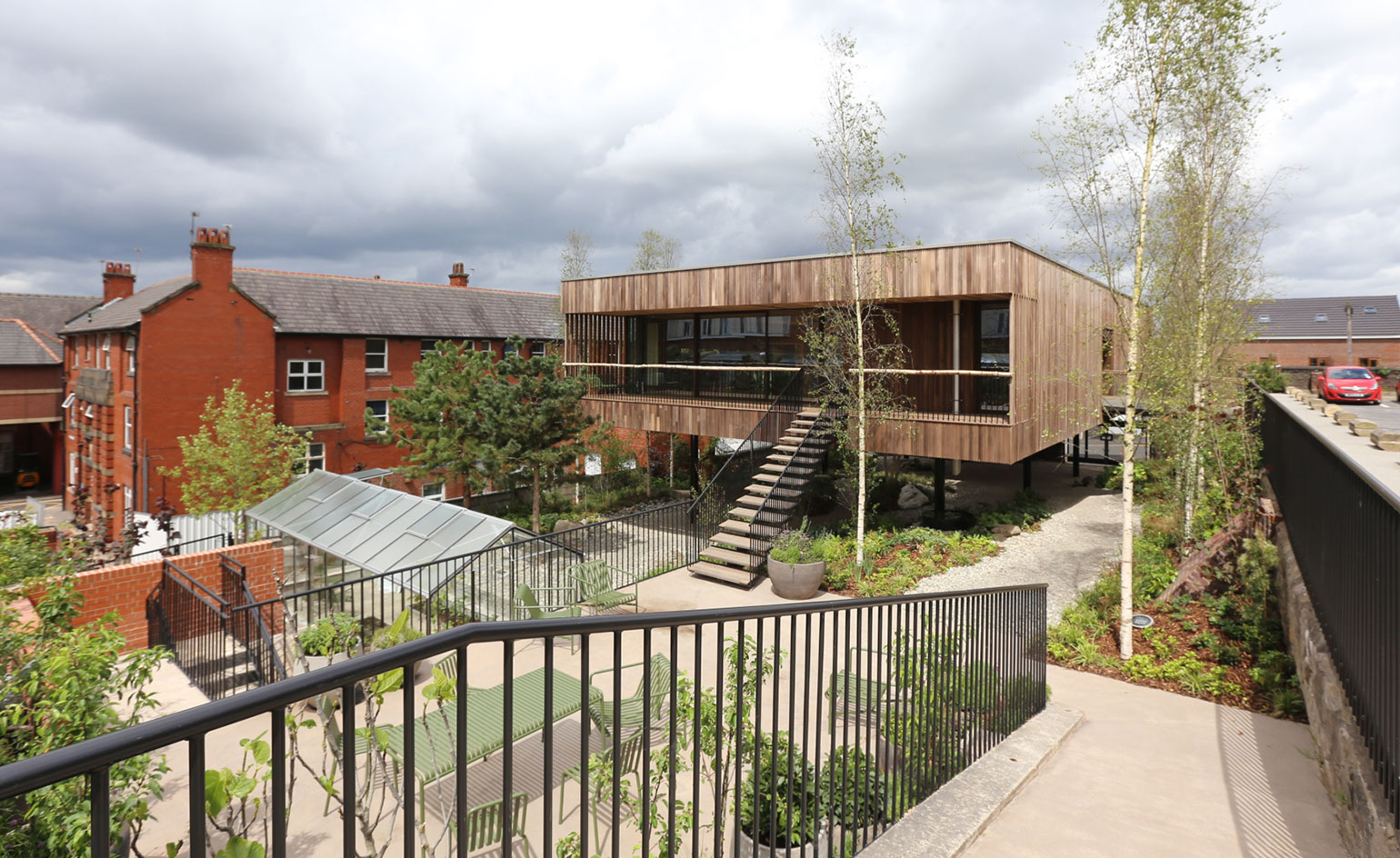
Maggie’s is a charity that provides practical and emotional support to people living with cancer.
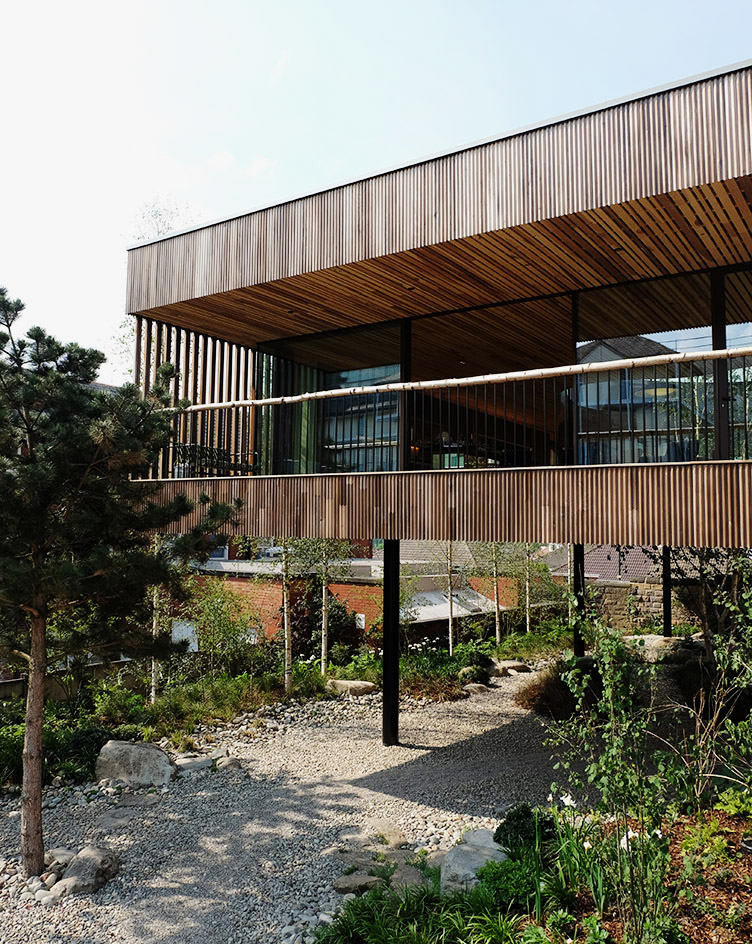
Tulipwood is one of the most sustainable timber species because of how fast it replenishes, through natural growth alone
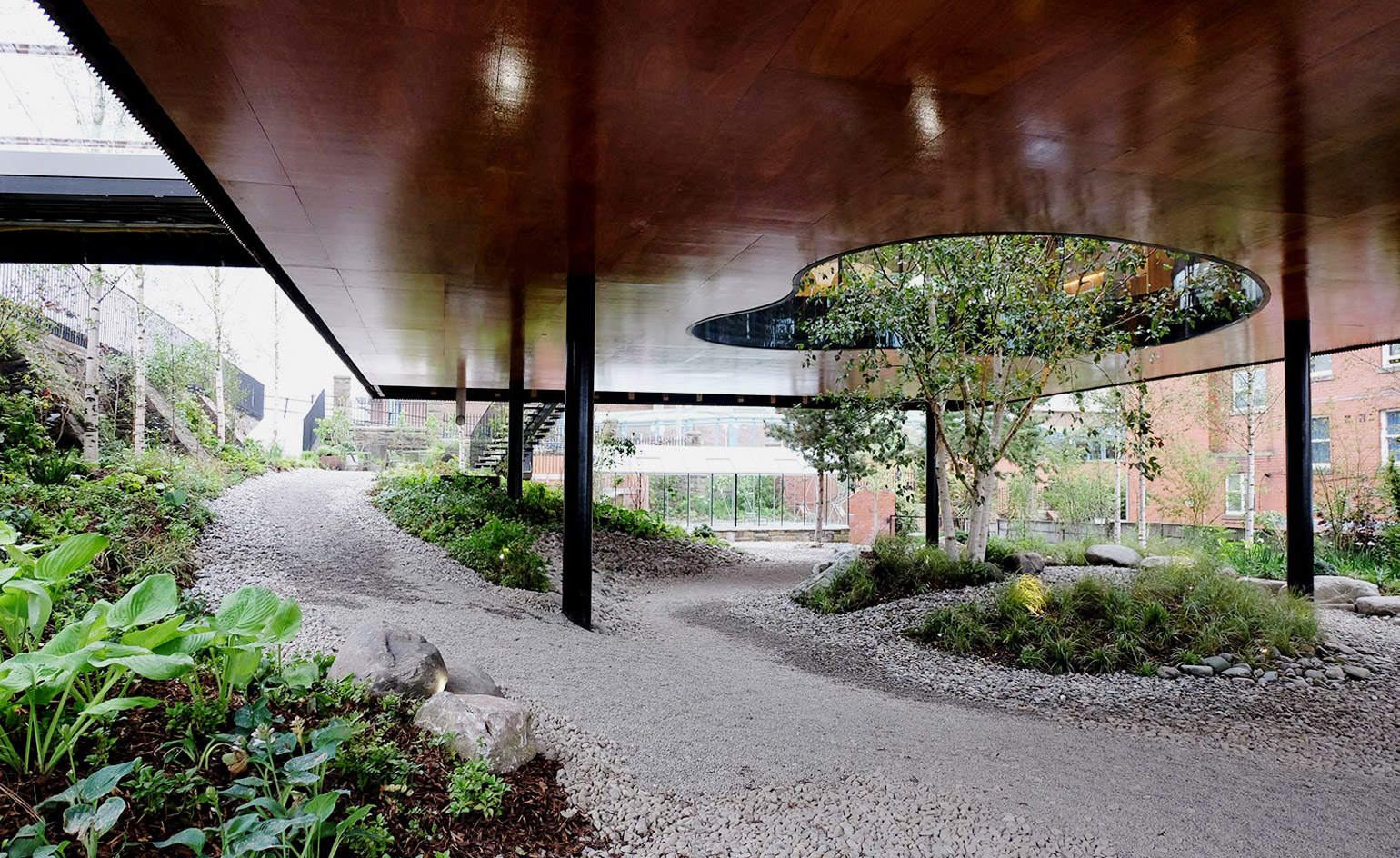
A landscaped garden beneath the building grows up organically through the building.
INFORMATION
For more information, visit the Maggie’s Centre website and the dRMM Architects website
Receive our daily digest of inspiration, escapism and design stories from around the world direct to your inbox.
Clare Dowdy is a London-based freelance design and architecture journalist who has written for titles including Wallpaper*, BBC, Monocle and the Financial Times. She’s the author of ‘Made In London: From Workshops to Factories’ and co-author of ‘Made in Ibiza: A Journey into the Creative Heart of the White Island’.
-
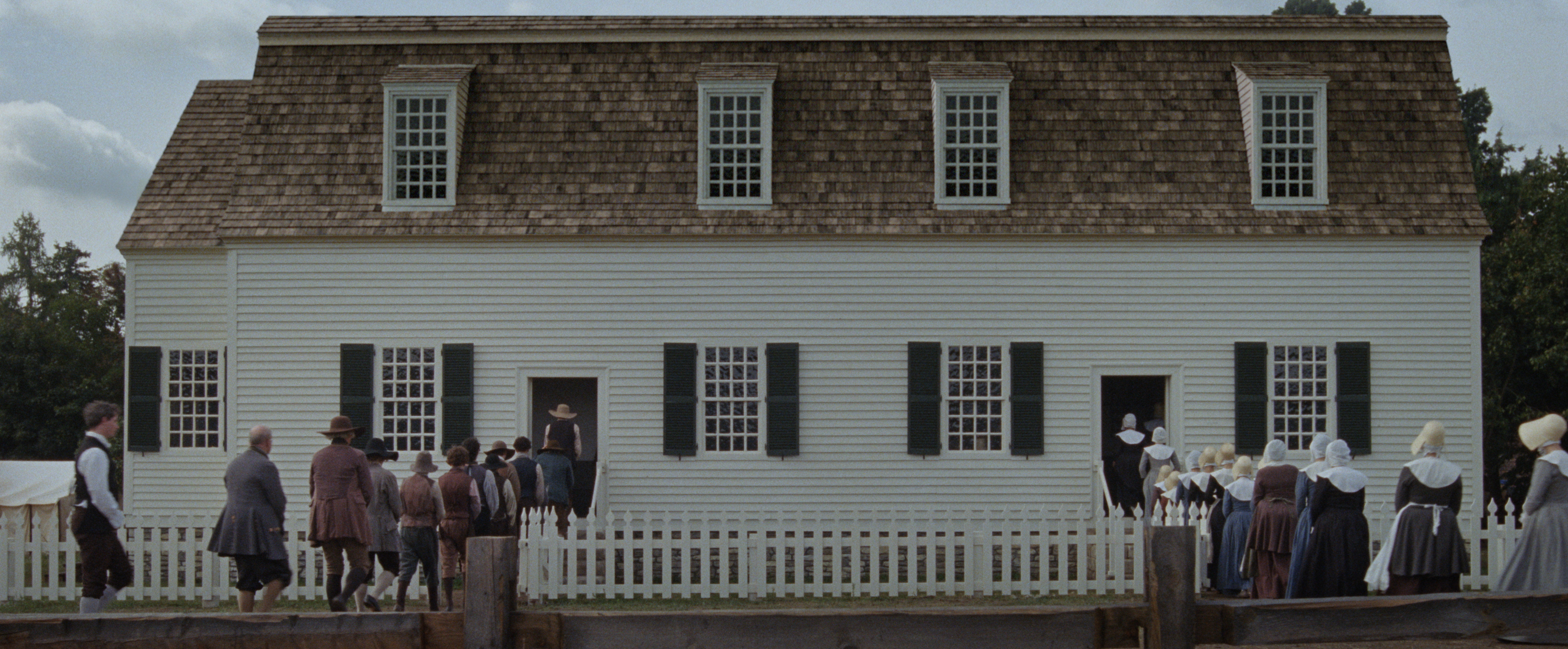 The Testament of Ann Lee brings the Shaker aesthetic to the big screen
The Testament of Ann Lee brings the Shaker aesthetic to the big screenDirected by Mona Fastvold and featuring Amanda Seyfried, The Testament of Ann Lee is a visual deep dive into Shaker culture
-
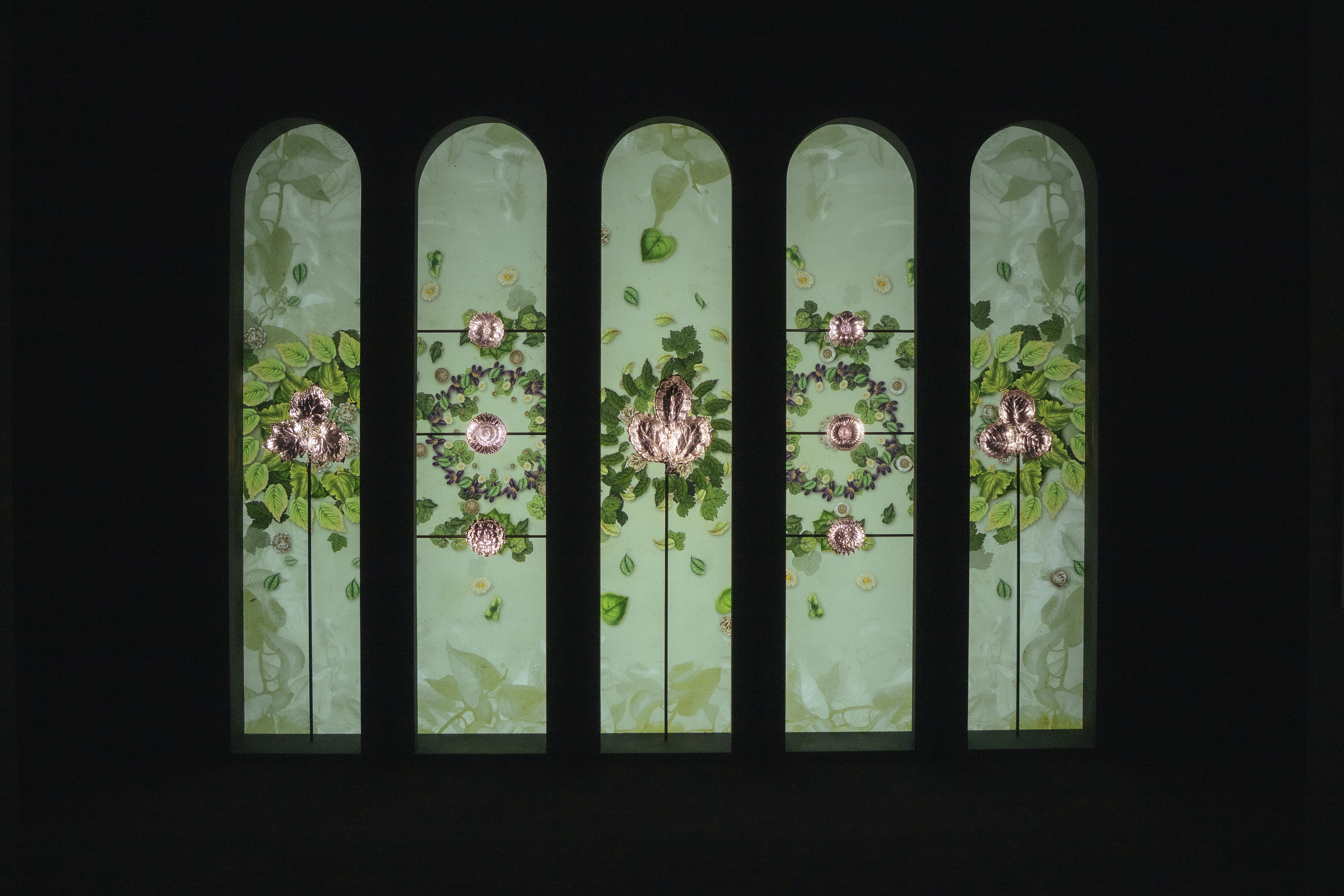 Dive into Buccellati's rich artistic heritage in Shanghai
Dive into Buccellati's rich artistic heritage in Shanghai'The Prince of Goldsmiths: Buccellati Rediscovering the Classics' exhibition takes visitors on an immersive journey through a fascinating history
-
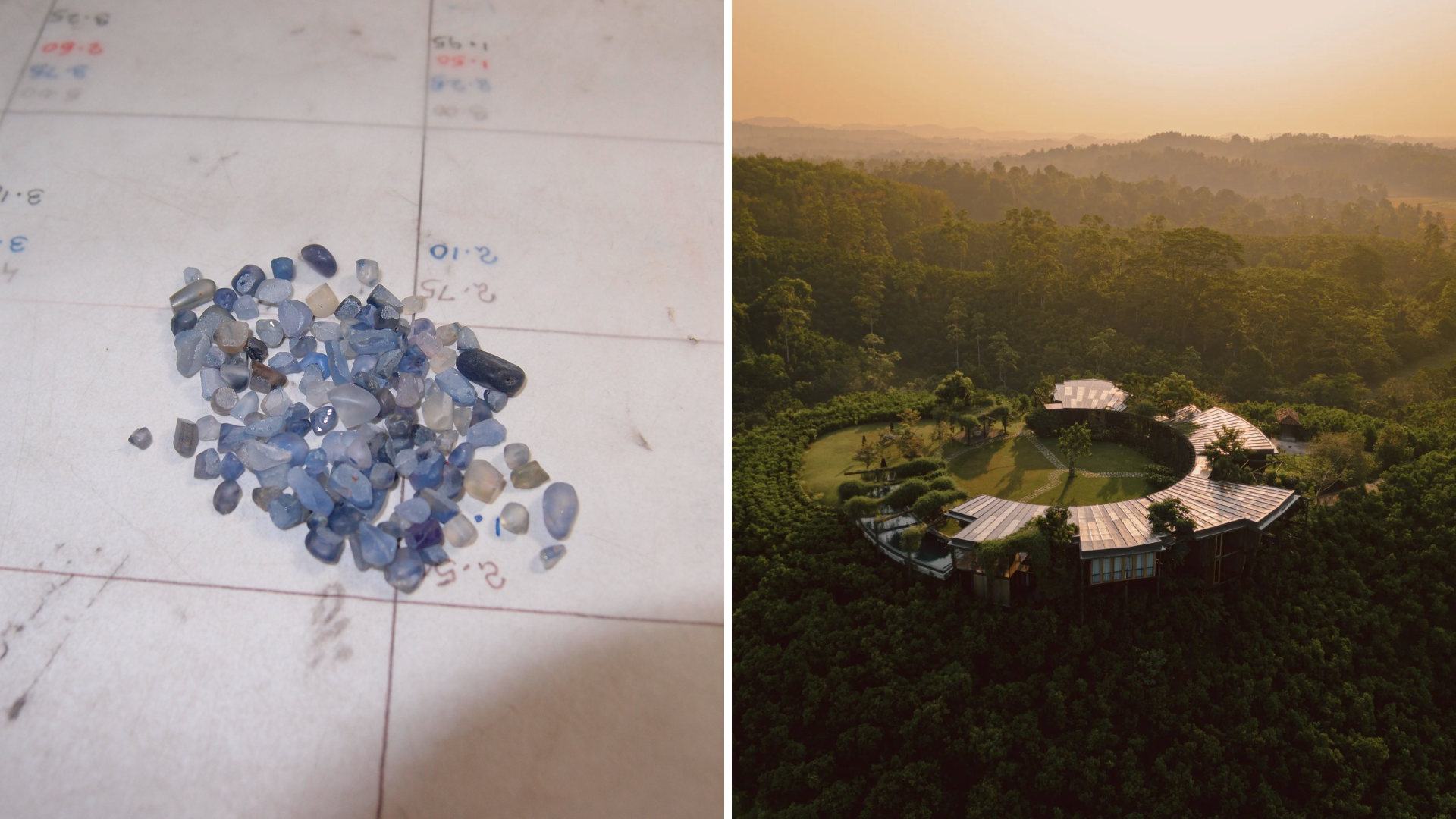 Love jewellery? Now you can book a holiday to source rare gemstones
Love jewellery? Now you can book a holiday to source rare gemstonesHardy & Diamond, Gemstone Journeys debuts in Sri Lanka in April 2026, granting travellers access to the island’s artisanal gemstone mines, as well as the opportunity to source their perfect stone
-
 Arbour House is a north London home that lies low but punches high
Arbour House is a north London home that lies low but punches highArbour House by Andrei Saltykov is a low-lying Crouch End home with a striking roof structure that sets it apart
-
 A former agricultural building is transformed into a minimal rural home by Bindloss Dawes
A former agricultural building is transformed into a minimal rural home by Bindloss DawesZero-carbon design meets adaptive re-use in the Tractor Shed, a stripped-back house in a country village by Somerset architects Bindloss Dawes
-
 RIBA House of the Year 2025 is a ‘rare mixture of sensitivity and boldness’
RIBA House of the Year 2025 is a ‘rare mixture of sensitivity and boldness’Topping the list of seven shortlisted homes, Izat Arundell’s Hebridean self-build – named Caochan na Creige – is announced as the RIBA House of the Year 2025
-
 In addition to brutalist buildings, Alison Smithson designed some of the most creative Christmas cards we've seen
In addition to brutalist buildings, Alison Smithson designed some of the most creative Christmas cards we've seenThe architect’s collection of season’s greetings is on show at the Roca London Gallery, just in time for the holidays
-
 In South Wales, a remote coastal farmhouse flaunts its modern revamp, primed for hosting
In South Wales, a remote coastal farmhouse flaunts its modern revamp, primed for hostingA farmhouse perched on the Gower Peninsula, Delfyd Farm reveals its ground-floor refresh by architecture studio Rural Office, which created a cosy home with breathtaking views
-
 A revived public space in Aberdeen is named Scotland’s building of the year
A revived public space in Aberdeen is named Scotland’s building of the yearAberdeen's Union Terrace Gardens by Stallan-Brand Architecture + Design and LDA Design wins the 2025 Andrew Doolan Best Building in Scotland Award
-
 A refreshed 1950s apartment in East London allows for moments of discovery
A refreshed 1950s apartment in East London allows for moments of discoveryWith this 1950s apartment redesign, London-based architects Studio Naama wanted to create a residence which reflects the fun and individual nature of the clients
-
 In this Cotswolds home, drama meets minimalism
In this Cotswolds home, drama meets minimalismCotswolds home Hiaven house, with interiors designed by McLaren Excell, is a perfect blend of contemporary chic and calm, countryside drama